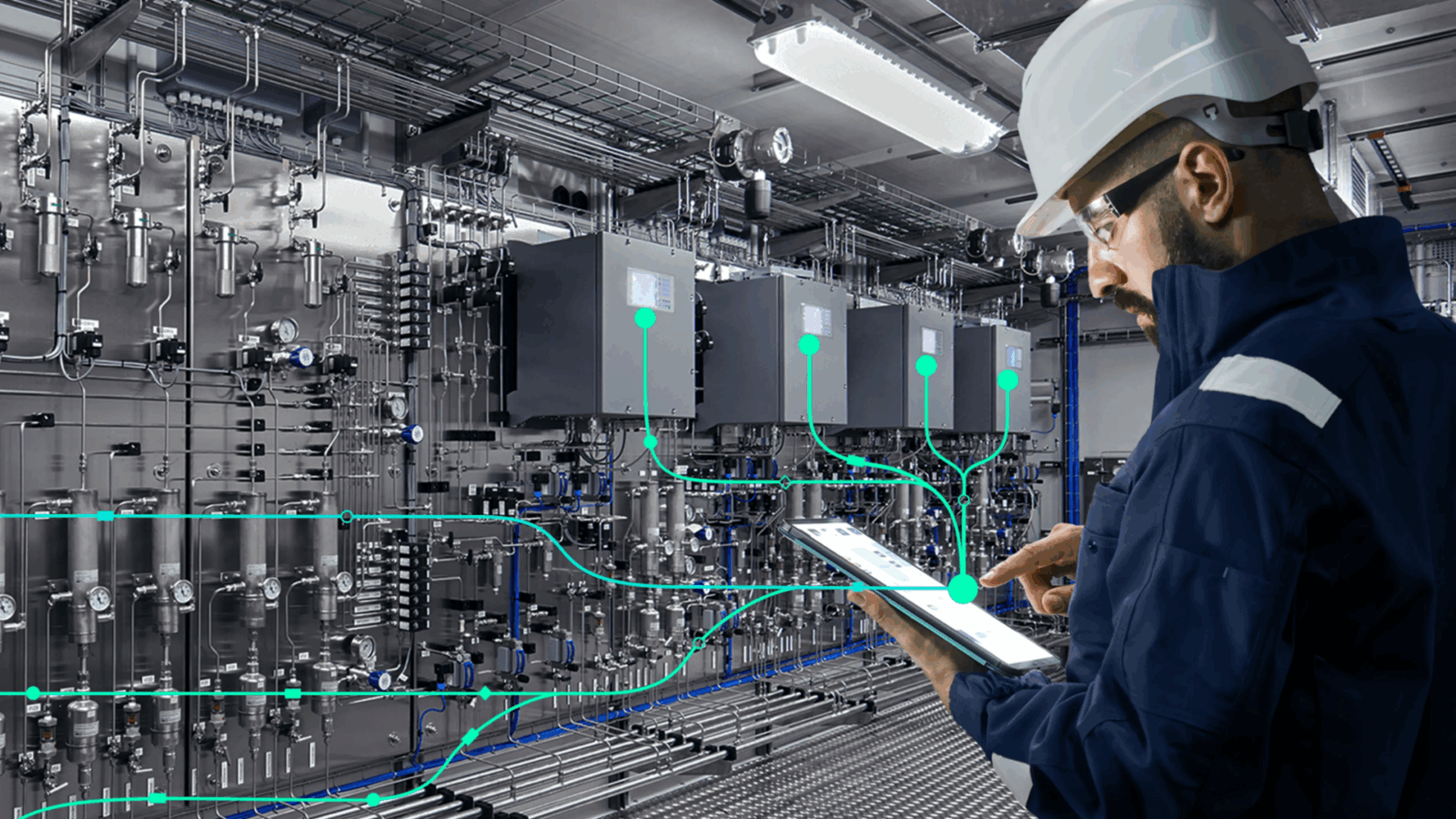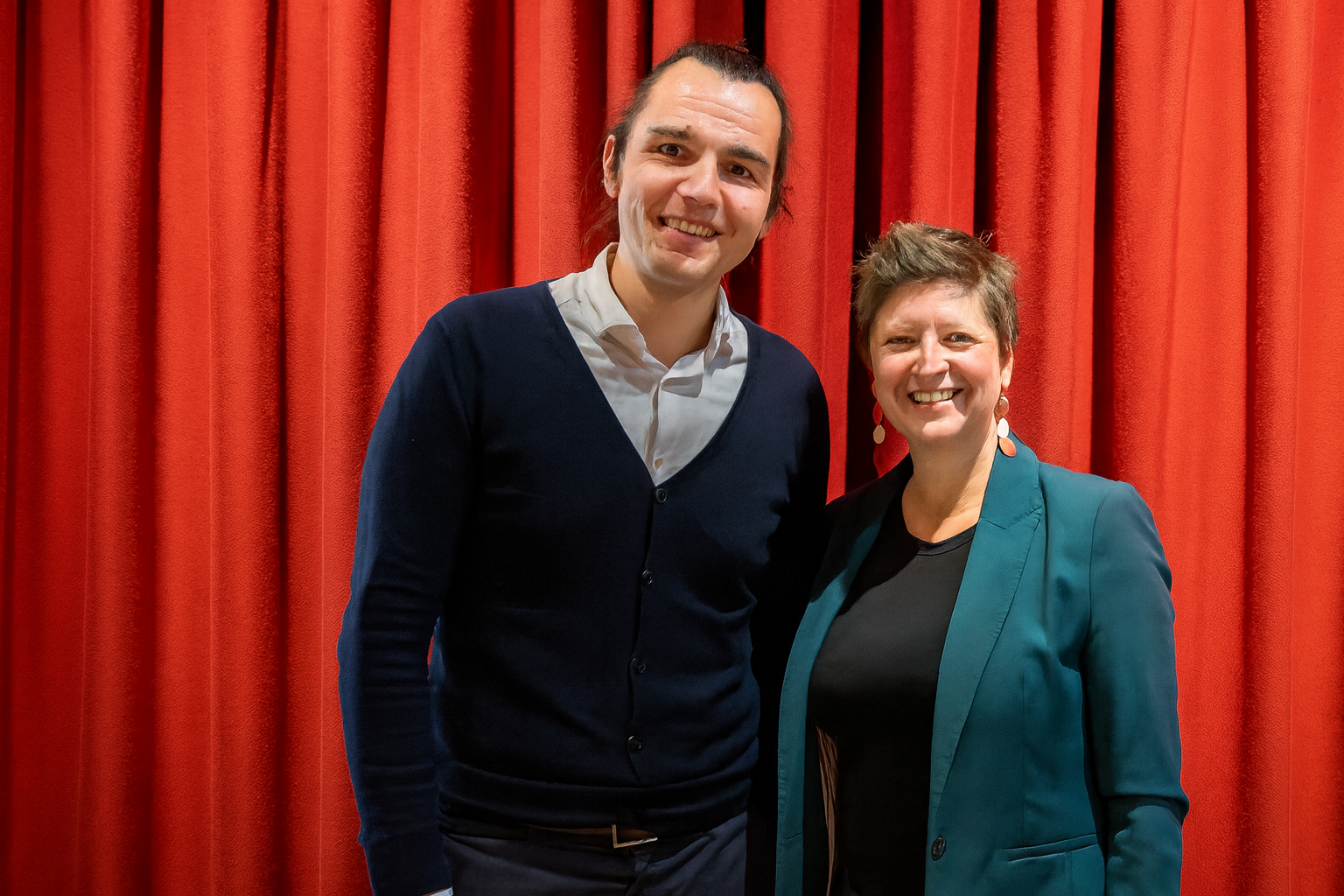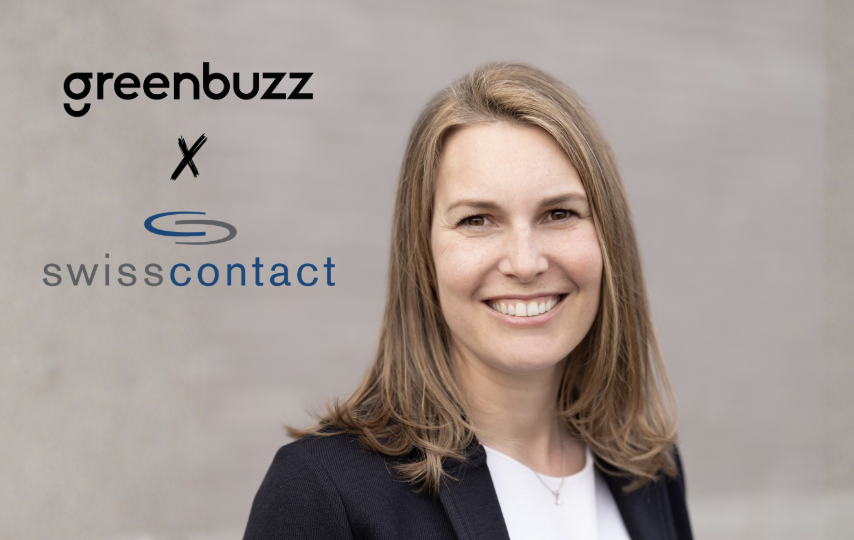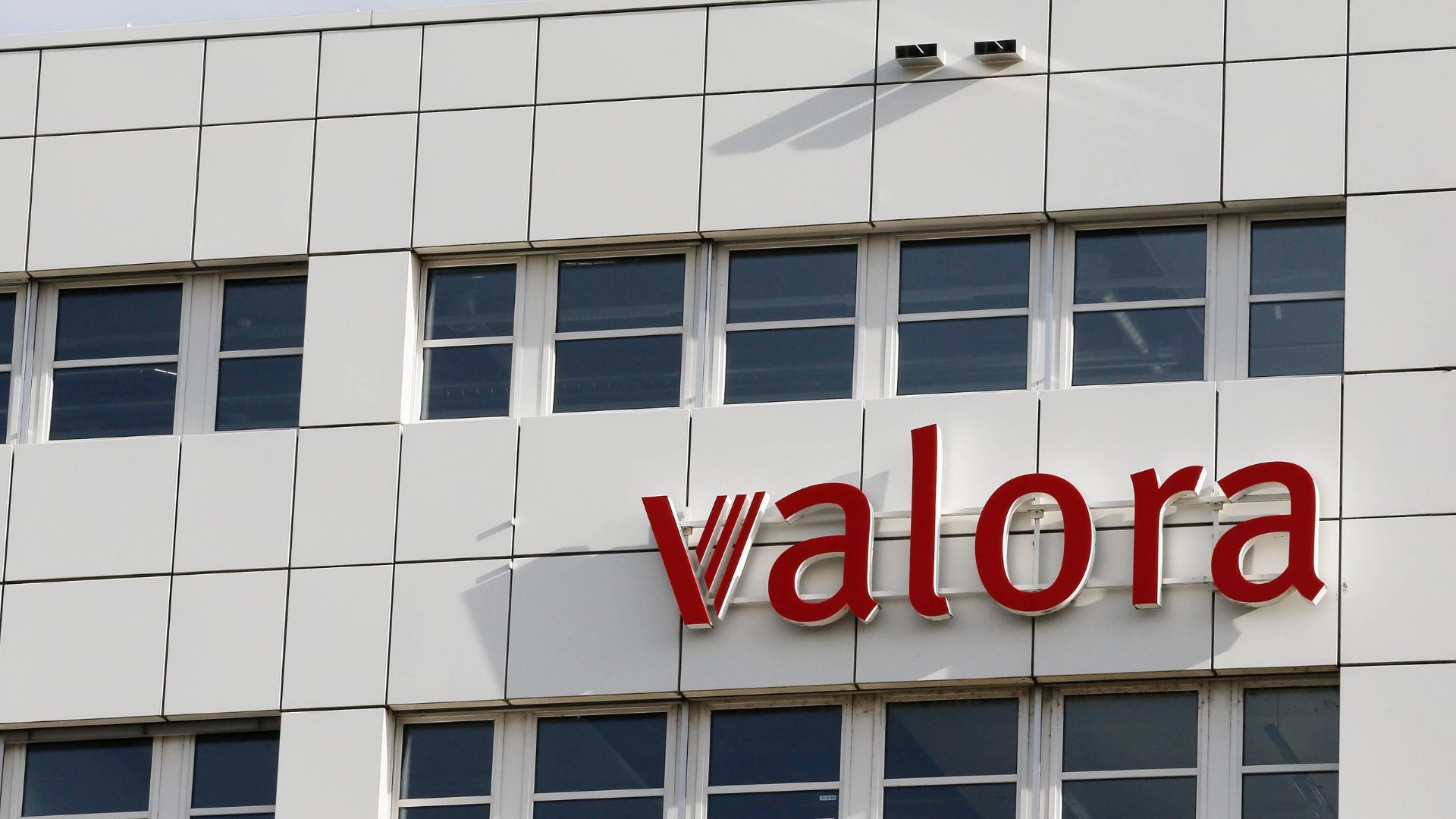As we gear up for the inaugural Circularity Summit (19 June), we sat down with Emelie Emanuelsson, Sustainability Manager at Siemens. We discuss some of her favourite circular models, exciting pilot projects, and how to take inspiration from time-honoured practices to overcome circularity challenges.
GreenBuzz: When did you first hear the term Circular Economy?
Emelie: Good question! I guess quite long ago, to be honest. Before Siemens I worked for Volvo Cars in the R&D department. We were exploring concepts like ‘as-a-service’ and circular business models, aiming to design products with their entire lifecycle in mind.
GreenBuzz: What were your first impressions of Circular concepts?
Emelie: I love circular concepts! I mean, it makes sense. For example, I have always appreciated brands like Patagonia, which not only promote second-hand purchases but also design products for durability and repairability, aligning with circular principles.
Then in the Siemens world we’ve been “circular” for decades through things like repair, retrofitting, some recycling, and formally we started a project to streamline all this one year ago.
GreenBuzz: What are some of the major challenges to Circularity?
Emelie: Well, until now the economy has been produce-make-waste. That’s how most companies have been structured and how consumption patterns have developed. The challenges are not that different from how we make decisions in our personal lives: we can either buy new things, choose second-hand options, or extend the life of what we already own. To me, it’s the same logic in business.
GreenBuzz: How do you generally explain circularity?
Emelie: Well, I often listen to The Circular Economy Show Podcast by Ellen MacArthur Foundation. They highlight bicycles as a practical example of circularity in action. Bicycles are designed for longevity, can be easily repaired, and there’s an existing infrastructure for maintenance and resale. Moreover, bike-sharing programs exemplify the shift from ownership to access, a key principle of the circular economy.
And it can be a circular product in itself, there are bikes made of recycled materials. But also the way you use your bike empowers you to be more circular because I know it’s part of a trusted system that works.

An illustration of Siemens’ “Ecodesign” principles (Source: Siemens)
GreenBuzz: So how can Circularity be scaled up, in general?
Emelie: I guess it comes down to which part of the chain you’re in. What we try to do and where we’ve been most successful at Siemens is that we’re piloting things and seeing if it works. We have really exciting pilot projects with as-a-service, building automation, manufacturing, and more.
GreenBuzz: Can you tell us more about these pilots?
Emelie: Absolutely. Currently, among other things we are piloting as-a-service models in building automation. As one of my colleagues put it nicely, what if we could sell 22 degrees as-a-service, with a monthly fee? Or what if a factory could rent equipment as well from us? Then maybe they don’t have to buy expensive production equipment; you could run a car line for five years, for example, and then when you no longer need that equipment, maybe local smaller industrial factories might need it.
These things come with their own challenges but they’re things we are actively piloting.
In the future, maybe our products would be used in a more circular and sustainable way if we were the owner.
GreenBuzz: What would be the long-term benefits of this?
Emelie: Long-term, these models offer financial flexibility for clients through subscription-based payments. Environmentally, reusing products multiple times significantly reduces resource extraction and waste. Then another aspect is end-of-life treatment. As manufacturers of the products themselves, we can ensure proper end-of-life management, including recycling and refurbishing, further enhancing sustainability.
Fundamentally, it’s about empowering someone else to be circular.

Predictive maintenance, as-a-service models, and extending product lifespan: the Siemens approach.
GreenBuzz: What are your other favourite examples of Circularity?
Emelie: I’m from Sweden, and we have a great example of circularity with PET bottles. When you buy a bottle, it’s made from recyclable plastic, and it’s designed to be reused or recycled multiple times. There’s a well-established deposit-return system: you pay a small deposit when purchasing the bottle, and you get that money back when you return it for recycling. This is very common in Sweden, and the system ensures that bottles are collected, recycled, and turned into new ones—closing the loop and significantly reducing plastic waste.
GreenBuzz: Siemens is obviously a very old company, but were there already indications of circularity in the early days?
Emelie: Absolutely. Siemens has a long-standing reputation for producing high-quality, durable products. This supports circularity by extending product lifespans, reducing the need for replacements, and facilitating maintenance and upgrades. We also have really this huge global footprint of service – you can get service anywhere around the world. And now in the last 10 years, we’ve been connecting everything we do with the cloud, so predictive maintenance becomes much easier as well.
GreenBuzz: Exciting! So, where should people go to get more info on circularity and the circular economy?
Emelie: Definitely check out the resources of the Ellen MacArthur Foundation. There are also some great studies done by both BCG and Bain which are worth looking through.
You can also find comprehensive information on Circularity at Siemens on our website.
What can people expect to hear from Siemens in the next months and years about circularity?
Emelie: I would say you’ll definitely see new business models emerging, especially around services. When you buy a service from Siemens, you can be confident it includes elements of circularity—whether that’s longer product life, reuse, or resource optimization.
We’re also embedding circular principles directly into our product design process—thinking modularity, upgradability, and longevity from the very start. More and more of our new products will reflect that thinking.
GreenBuzz: Thanks a lot for your time, Emelie!
Hear more from Emelie at the Circularity Summit in Zurich on June 19th, where she will give a keynote address on latest developments.



